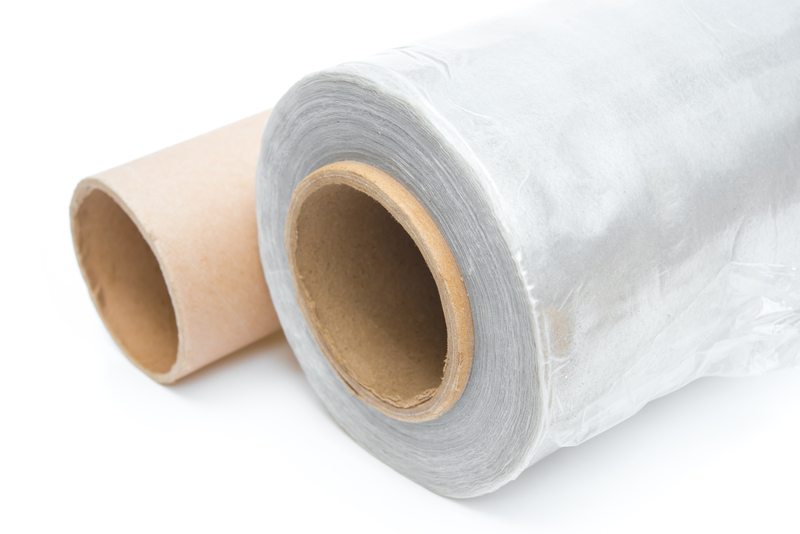Response Plan for Damaged Furniture by Movers
Posted on 17/03/2025
Response Plan for Damaged Furniture by Movers
Moving can be both an exciting and stressful experience. The anticipation of settling into a new place can be dampened by the unfortunate event of damaged furniture. This comprehensive guide aims to equip you with a well-organized response plan to address and resolve situations where your furniture has been damaged by movers.
Understanding Your Rights and Responsibilities
Before anything else, it's crucial to understand your rights and responsibilities when it comes to moving. Most moving companies provide contracts that outline these details. Understanding the terms can save you a lot of headaches in case of any issues. Key aspects often covered in these contracts include:
- Insurance Coverage: Different levels of insurance are available, from basic coverage to full-value protection.
- Claims Process: Detailed procedure for how to file a claim if your furniture gets damaged.
- Liability Limits: The extent to which the moving company is liable for the damage.

Initial Steps to Take When You Notice Damage
Discovering that your furniture has been damaged during a move can be highly frustrating. The first and most crucial step is to stay calm and document the damage meticulously. This will aid substantially in the claims process.
- Photographic Evidence: Take clear pictures of the damaged items from multiple angles.
- Written Description: Write a detailed description of the damage for each affected item.
- Immediate Reporting: Inform the movers immediately and make sure it is recorded on the Bill of Lading.
Having all this documentation ready will streamline your interaction with the moving company, insurance agents, and any other parties involved in resolving the issue.
Contact the Moving Company
Once you have documented the damage, the next step is to contact the moving company. This initial communication should outline the extent of the damage, preferably with the documented evidence attached. Key points to remember when contacting the company include:
- Be Prompt: Different companies have different time frames within which you must report any damage. Ensure you're aware of this window.
- Stay Professional: Maintain a calm and professional demeanor during all interactions.
- Follow Up: If you don't receive a response within a reasonable period, don't hesitate to follow up.
Understanding the Claims Process
The claims process can differ depending on the moving company and the type of insurance coverage you opted for. Generally, here is what you can expect:
- Claims Form: You will need to fill out a claims form, either online or in print, providing all the necessary details about the damage.
- Evidence Submission: Attach your photographic evidence and written descriptions to the claims form.
- Evaluation: The moving company will assess the claim and might send an adjuster to examine the damage in person.
- Resolution: Depending on the assessment, the company will offer a resolution, which could be a repair, replacement, or financial compensation.
Your Options If the Claim Is Denied
In some cases, your claim might be denied or the offered compensation might be inadequate. If that's the case, you still have several options:
- Request a Review: Ask the moving company for a detailed explanation of why your claim was denied and request a review.
- Mediation or Arbitration: Many moving companies have a dispute resolution process that includes mediation or arbitration.
- Legal Action: As a last resort, you can consult with a legal expert to explore legal action against the moving company.
Consider Preventive Measures for Future Moves
Learning from this unfortunate experience, consider taking preventive measures for any future moves to minimize the risk of damage. Here are some tips:
- Choose Reputable Movers: Do thorough research and choose a moving company with positive reviews and a solid reputation.
- Opt for Comprehensive Insurance: While it may cost extra, having full-value protection can provide peace of mind.
- Custom Crating: For highly valuable or fragile items, request custom crating services.

Protecting Yourself: The Importance of Moving Insurance
A critical component of managing and mitigating the risk of damaged furniture during a move is moving insurance. There are typically two kinds of moving insurance options offered by moving companies:
- Released Value Protection: This is the most basic level of liability, and it's offered at no additional charge. However, the protection is limited, typically to $0.60 per pound per item.
- Full Value Protection: This is a more comprehensive plan where the moving company is liable for the replacement value of lost or damaged goods in your entire shipment. There is usually an additional cost for this coverage.
Besides the insurance options provided by the moving company, you can also explore insurance from third-party providers. These plans can sometimes offer better coverage and might be worth the additional cost.
Conclusion: A Comprehensive Approach to Dealing with Damaged Furniture
Experiencing damaged furniture during a move is undoubtedly distressing. However, a well-structured response plan can alleviate much of the resultant stress. Being well-informed about your rights, maintaining thorough documentation, and following up diligently with the moving company can often lead to satisfactory resolutions.
The journey of addressing and resolving moving-related damage doesn't end with reactive measures. Incorporating preventive steps for future moves, such as choosing reputable movers, understanding your insurance options, and opting for better protection for fragile or valuable items, can significantly reduce the risk of encountering similar issues again.
Remember, the key to effectively managing these situations lies in being proactive, well-informed, and meticulous in your approach. By following this comprehensive guide, you'll be better equipped to handle any unfortunate incidents of furniture damage during moves, ensuring a smoother and less stressful transition to your new home.





